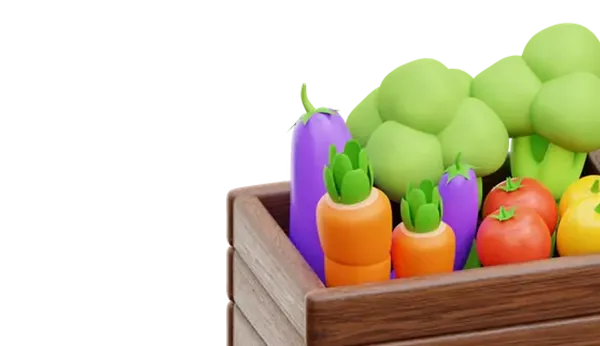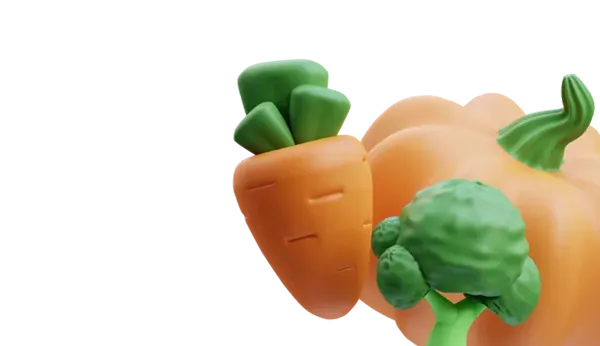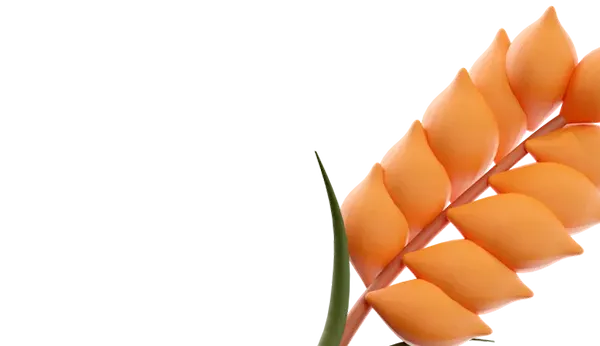In the current year, the crop rotation of winter crops is as follows: soft wheat accounts for the majority (86.7% of the total sown area), rye (2.3%), triticale (3.1%), and winter spelt wheat (7.8%).
By mid-February 2025, specialists from the Chelyabinsk branch of the Rosselkhozcenter inspected approximately 3.4 thousand hectares, which is about 20% of the land area allocated this year for winter crops. According to agronomists' assessment, the condition of 93.5% of the crops is deemed satisfactory.
Ksenia Vanina, the head of the Chelyabinsk branch, commented on the results of sampling for agricultural crop growth using monolith removal: "The crop condition is good. Winter crops are in the development phase from emergence to tillering, with some plots in the Varnensk district already starting to emerge. In the Etkul, Kunashak, and Troitsk districts, a slight loss of winter crops was noted. This is due to the mild winter with frequent thaws and frost, which hinders plant respiration. In addition, isolated cases of root rot in winter crops were detected in the territory of the Troitsk district. However, the loss of winter crops in the Troitsk district is not imminent. We are simply noting the presence of disease and alerting farmers to it."
This year, the Verkhneuralsk district (approximately 4.1 thousand hectares), Uvelsky district (2.9 thousand hectares), and Varnensk district (more than 2.8 thousand hectares) concentrated the largest areas of winter crop sowing.
In regions where the sowing of winter crops is limited by area, specialists from Rosselkhozcenter continue monitoring and removing monoliths.
Alena Loykova, the chief of the district department, commented on the situation in the Etkul district. She noted that the snow cover height from last year has decreased by 2-3 times, significantly reducing the plants' protective functions. Climatic conditions also negatively affect the development of winter crops. Frequent thaws followed by frosts, as well as precipitation in the form of wet snow and rain, make the snow cover dense and form an icy crust on the soil surface at a height of 15-17 cm. This hinders the access of air to the roots of plants. Furthermore, there is an observed activity of voles damaging the crops in the fields.

 Trading platform
Trading platform 
 Monitoring
Monitoring  Express applications
Express applications 
 Fork Work
Fork Work 
 Service
Service  News
News  Directory
Directory 













